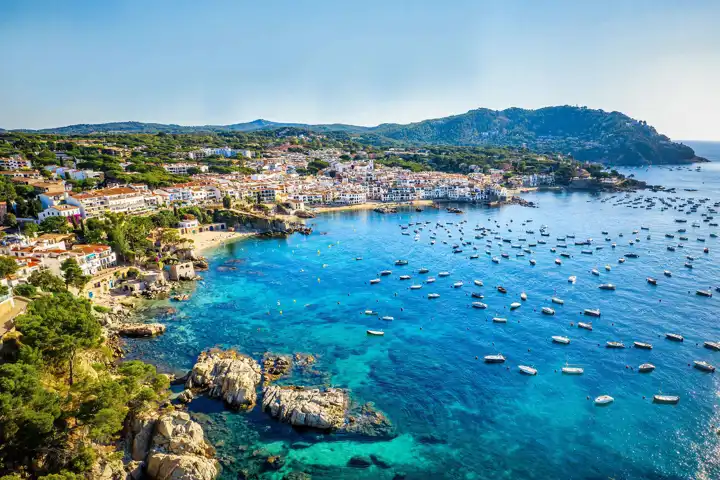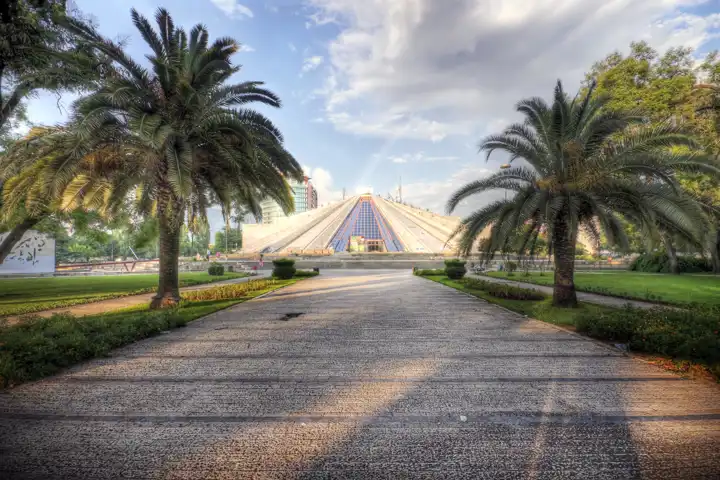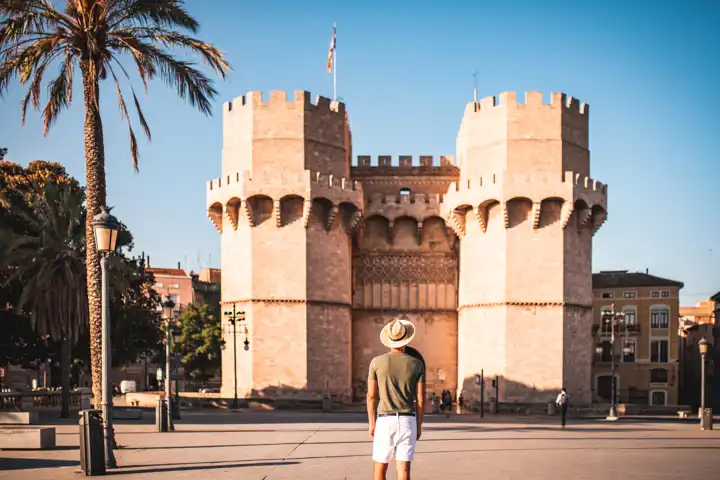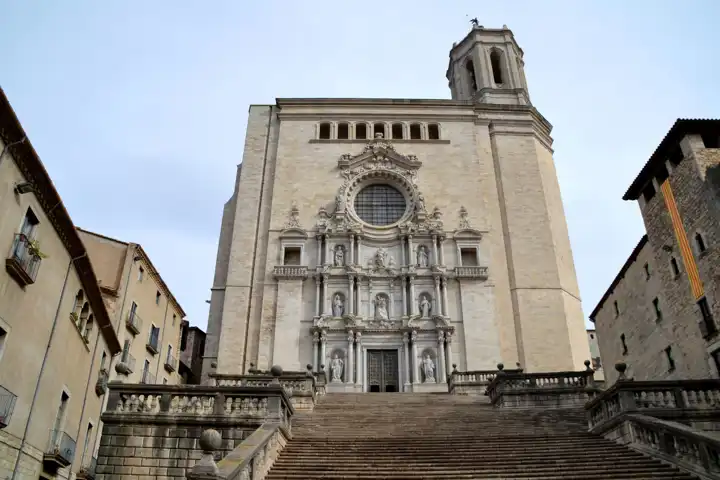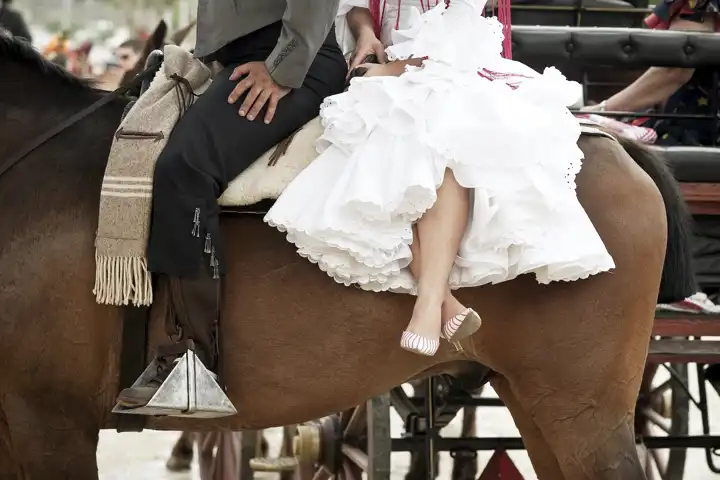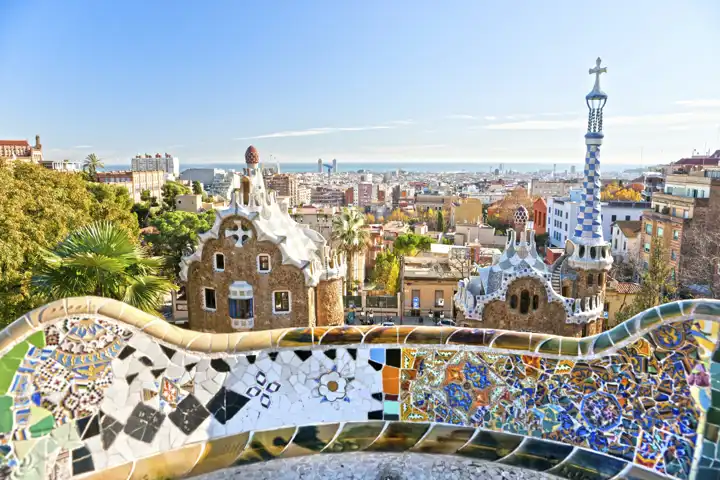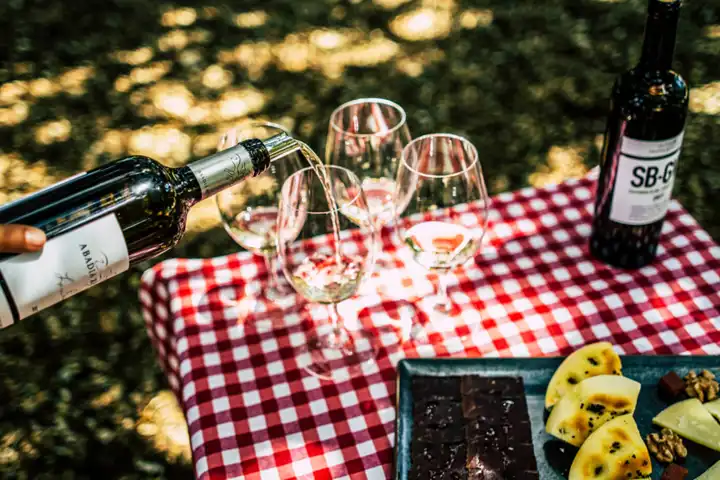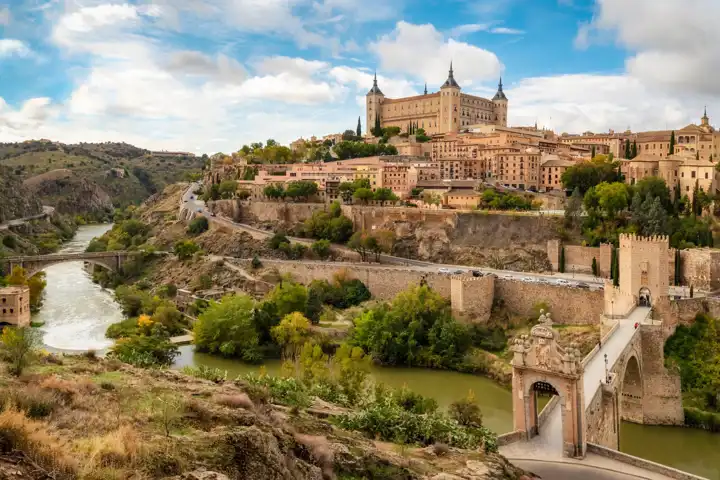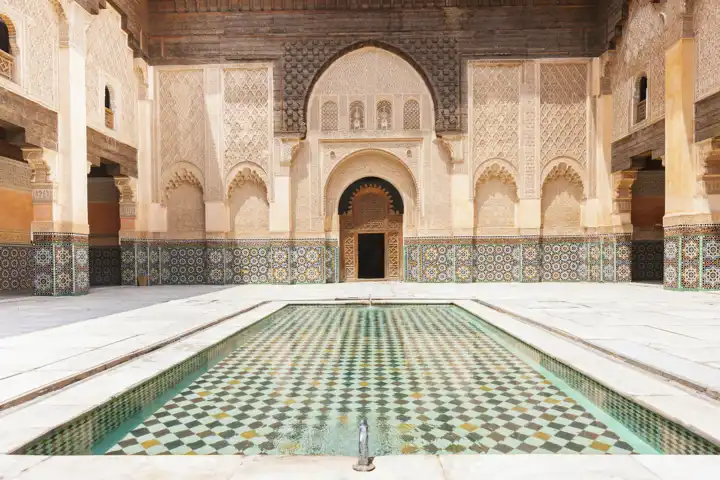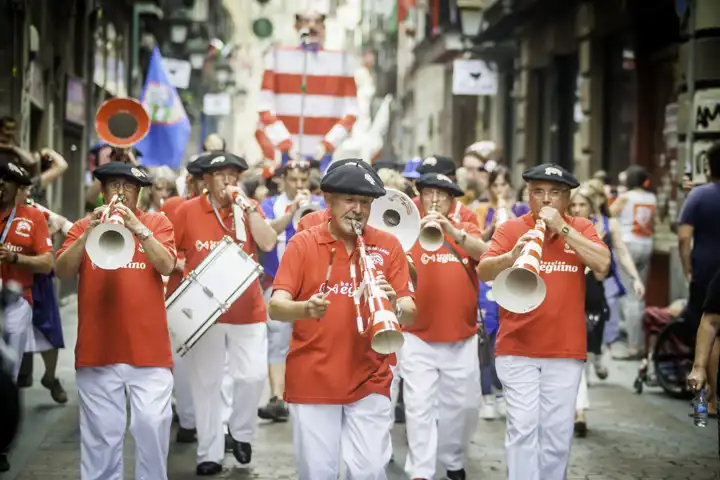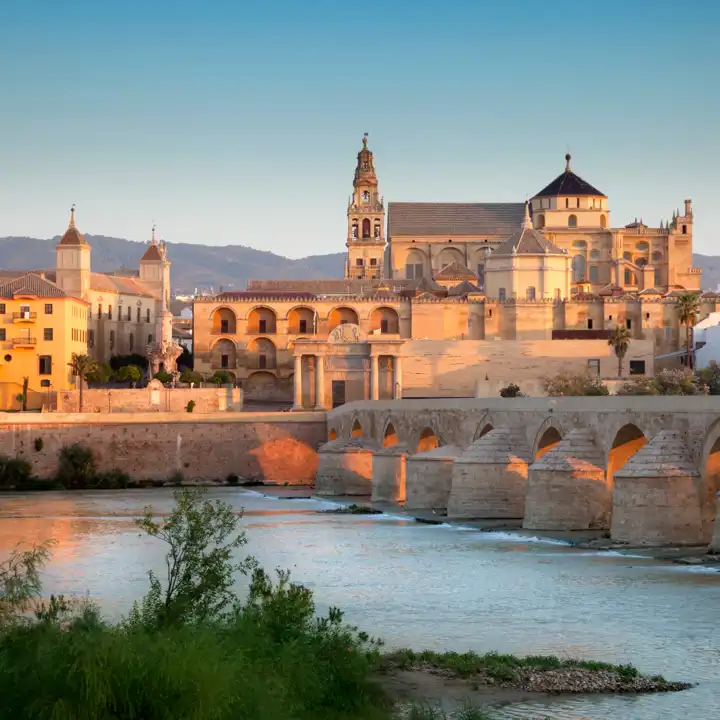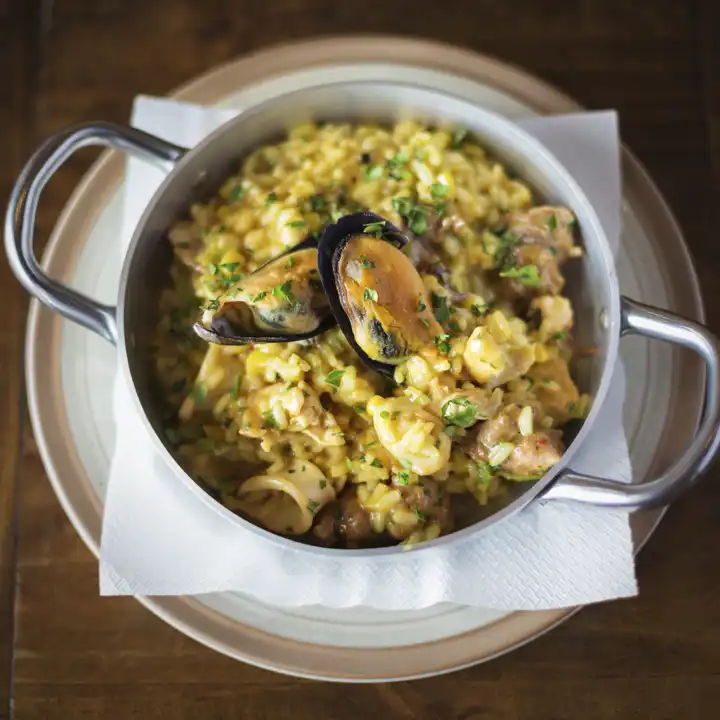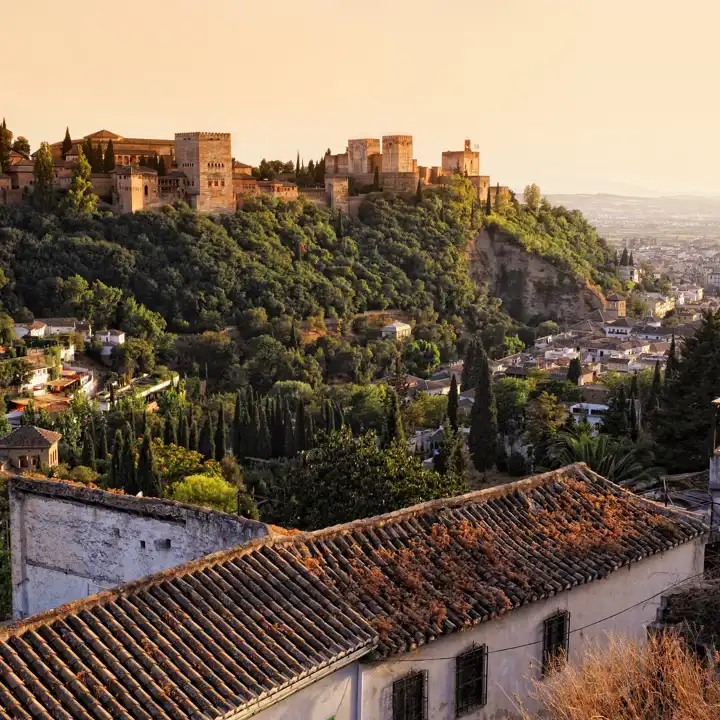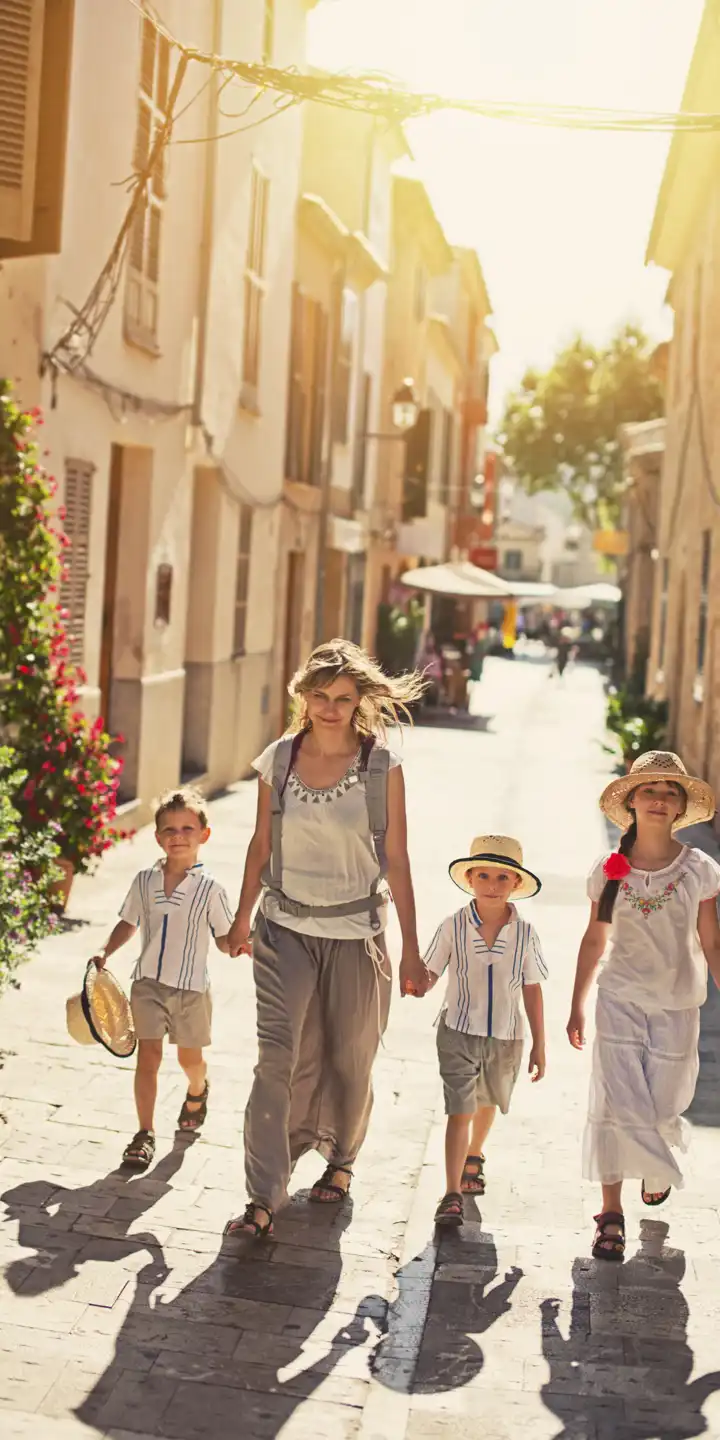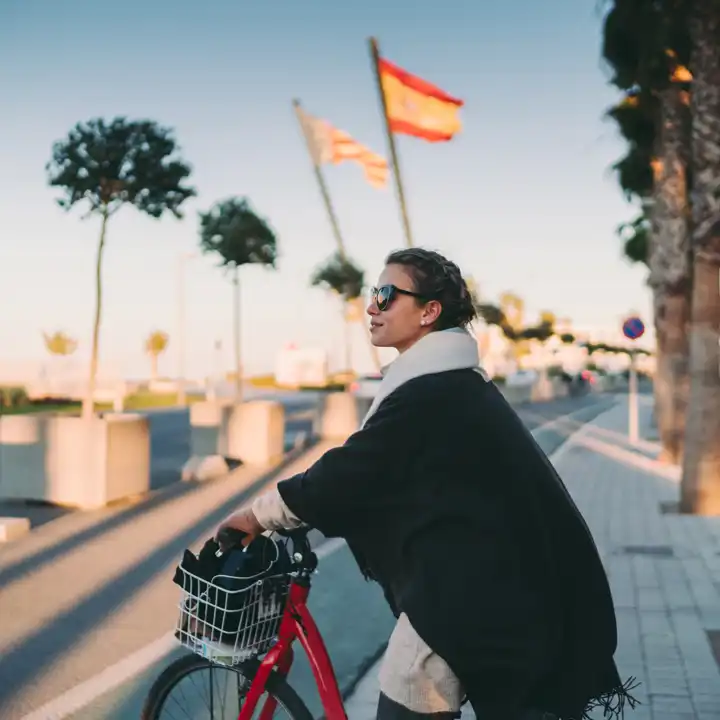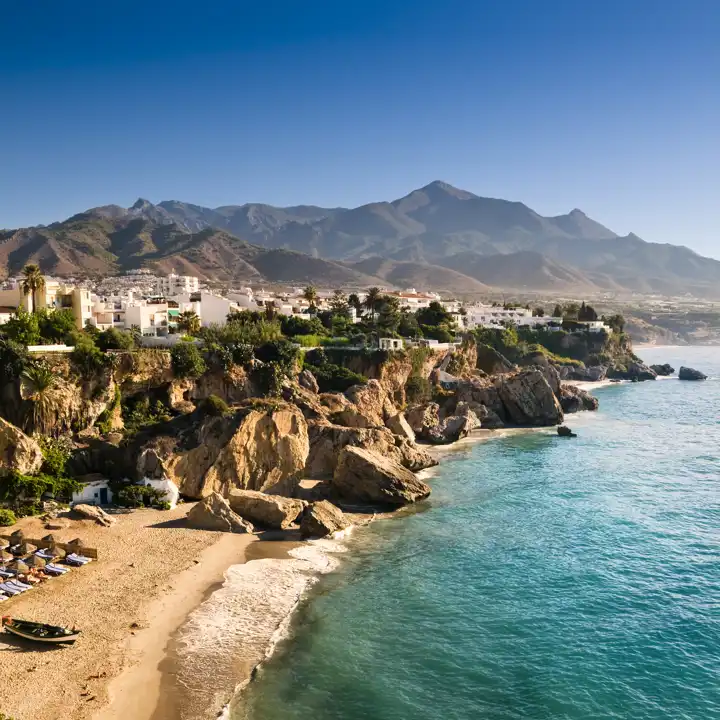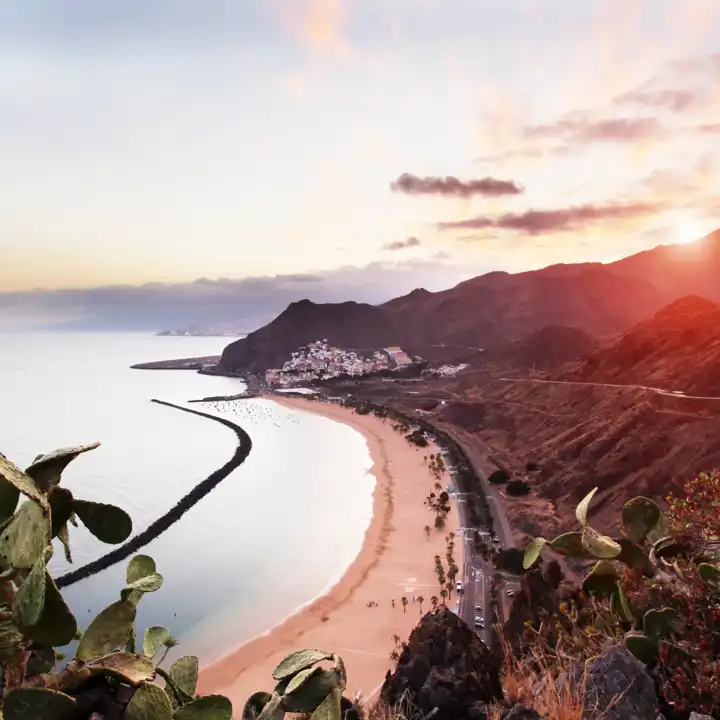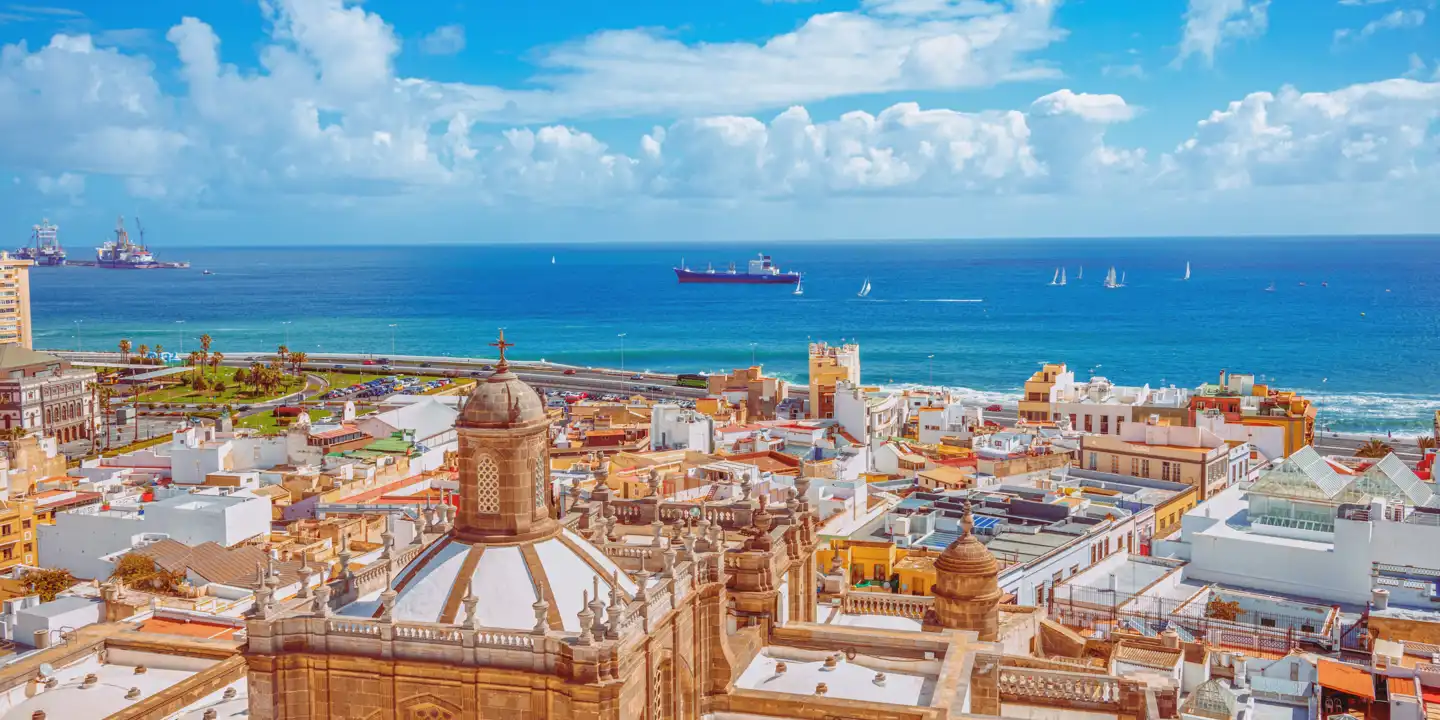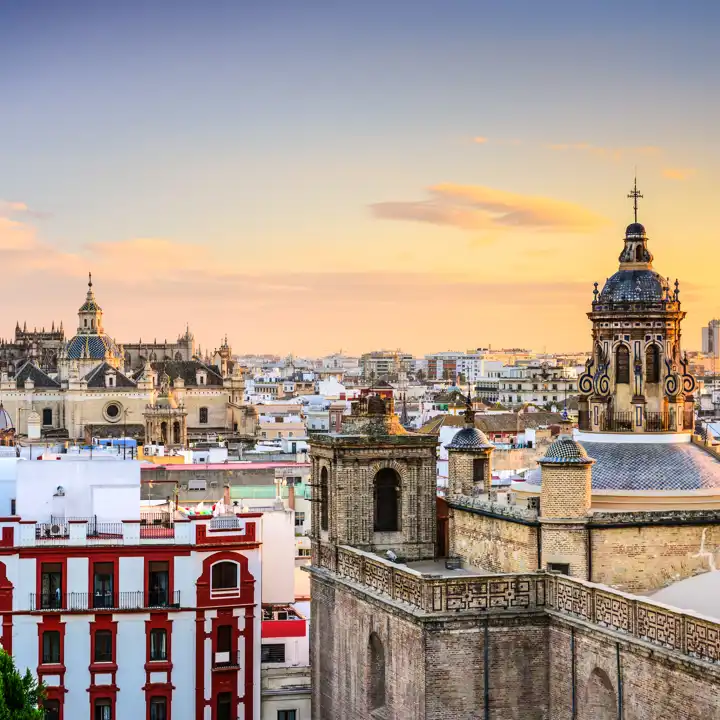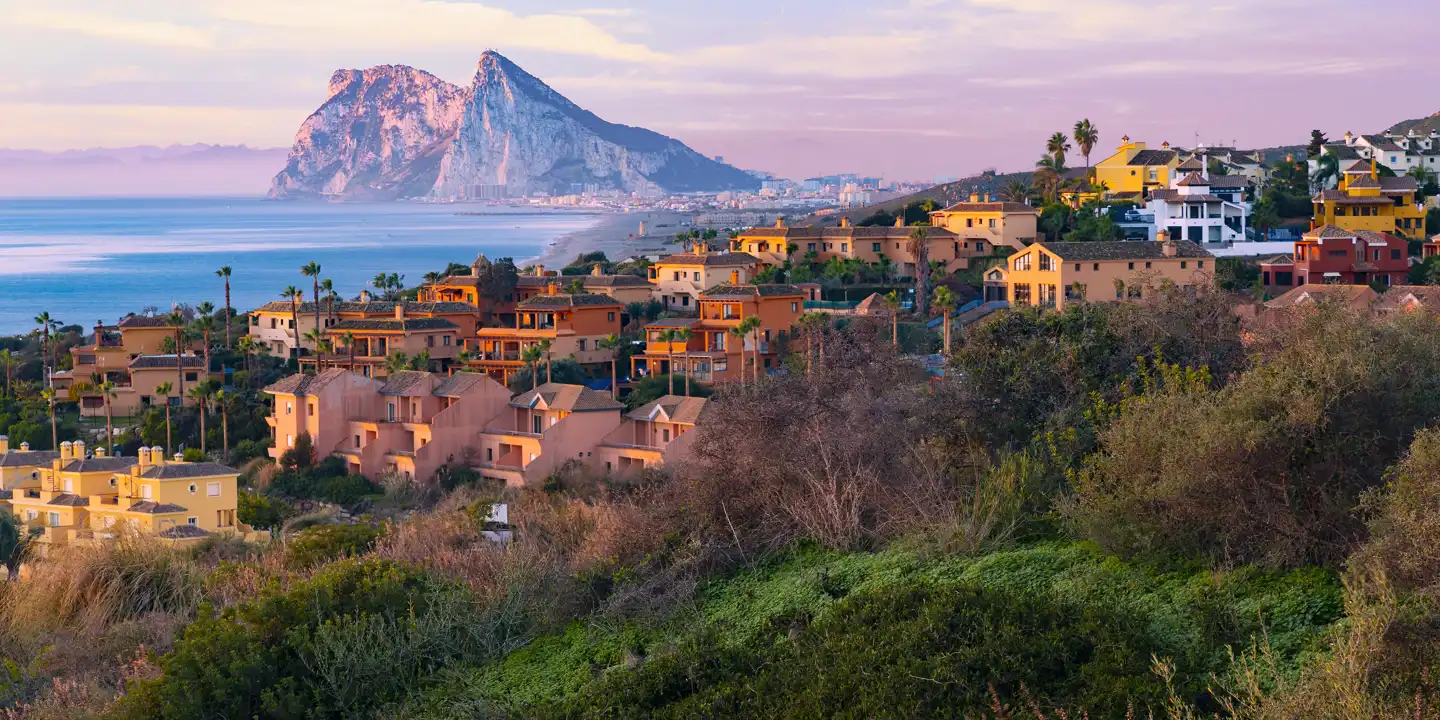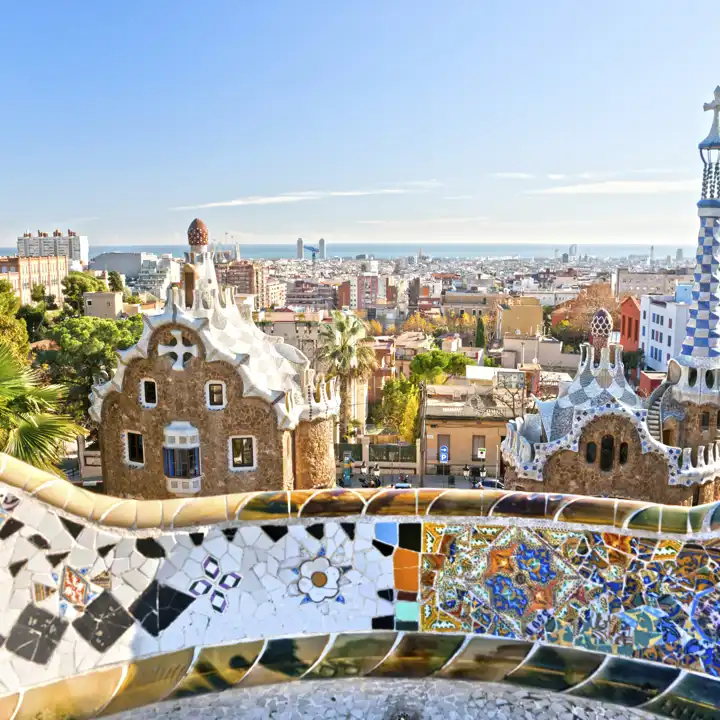Spain
Savor Its Passionate Spirit and Endless Splendors
Spain
Thanks to its warm climate, spectacular beaches, and friendly rural regions, Spain is a coveted destination. Spain luxury travel promises to be an unforgettable experience with Ker & Downey.
A Wealth of History
From its glory days as a global empire to the more recent and turbulent 20th century, there is a wealth of history to uncover within its borders. Diverse cultures have converged on the Iberian Peninsula over the centuries. Indeed, they have left their mark on the cuisine, architecture, and vibrant cities of Spain.
Proud Provinces
The Moorish influence in Andalusia feels a world away from the Western European metropolis of Madrid. Then of course, there’s the Basque country, a singularly unique subculture that has retained its identity in the face of military and economic pressure to conform. The many proud provinces of Spain are so distinct. They almost act as their own countries, with dialects, customs, and cuisine all their own.
Artistic Impact
As much as the world has shaped Spain, so it has shaped the arts and culture of the rest of the world. Spain luxury travel reveals the incredible works of native sons Salvador Dali and Pablo Picasso in museums throughout the country. Meanwhile, travelers witness some of the most stunning works of architecture in the western world in Barcelona. Antoni Gaudi’s work has inspired the imaginations of aspiring architects throughout the world, reaching across eras, genres, and fashions.
Food and Wine Hot Spot
Sampling regional cuisine could also shape an entire itinerary unto itself. Pairings of great food and wine are reliably available, yet entirely different in every region. Discover new treasures in nearly every city, town, and village. Enjoy a packed festival in Madrid’s city center or on the quiet cobblestone streets of a tiny town.
Spain Luxury Travel with Ker & Downey
Spain luxury travel with Ker & Downey reveals locales awash with the splendors of the past and the excitement of a modern European destination. Peruse our completely customizable Spain luxury travel vacation packages for inspiration. Then contact us to create your own journey to Spain.

